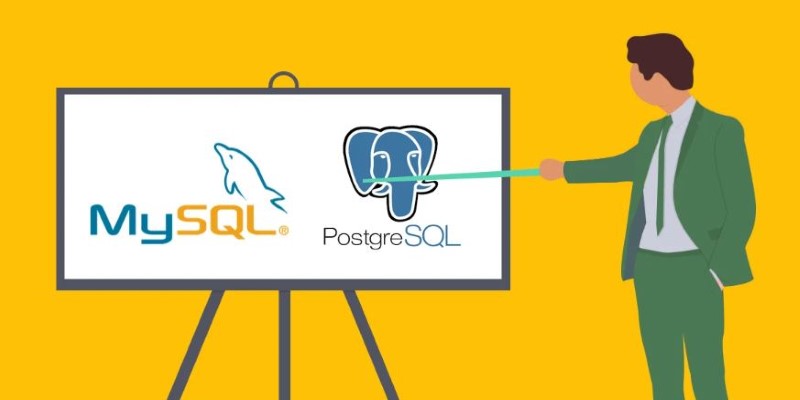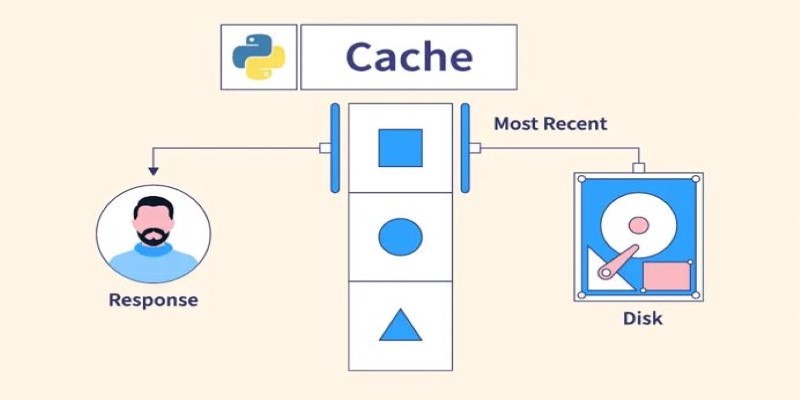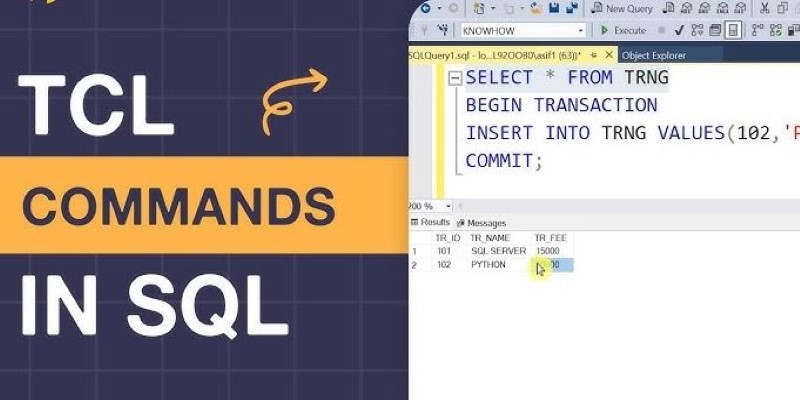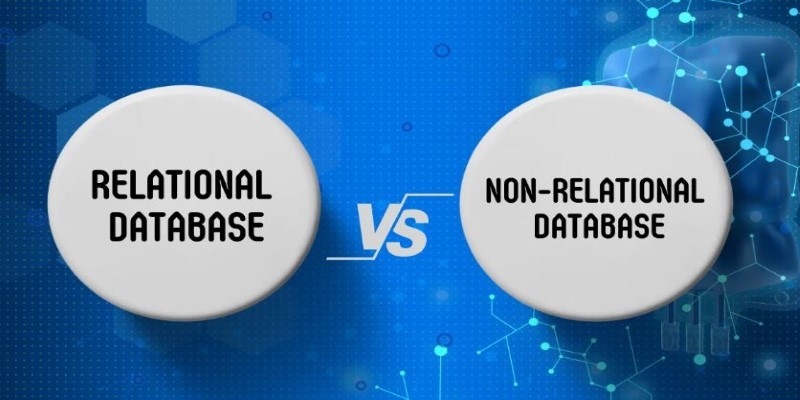Database structures are rarely permanent. As systems evolve, developers and analysts often need to modify existing tables to meet new requirements—like tracking additional user data or supporting new features. One of the most common changes is adding a new column. While it might seem straightforward, making such a change in a live environment requires caution.
Done wrong, it can disrupt applications or introduce inconsistencies. SQL handles this with the ALTER TABLE statement. This article explains how to add a column in SQL safely. It covers syntax, practical use cases, constraints, and pitfalls—ensuring you understand both the how and the why.
SQL provides a straightforward method to add a column to an existing table using the ALTER TABLE statement. Here's the general structure:
ALTER TABLE table_name
ADD column_name data_type;
For example, if you want to add an email column of type VARCHAR to a user table, the command would look like this:
ALTER TABLE users
ADD email VARCHAR(255);
Seems simple, right? And it is—for basic cases. But the real world is full of complexity. Do you need this column to allow null values? Should it have a default value? Will it eventually hold a unique identifier? These are the decisions you have to make before running that statement.
Let’s say you want to add a created_at column with a default value. Here’s how that might look:
ALTER TABLE users
ADD created_at TIMESTAMP DEFAULT CURRENT_TIMESTAMP;
That single line of SQL carries weight. You’re not just adding a field—you’re changing the rules for every current and future record in that table. That’s why understanding the implications is essential.
Adding a column in SQL might look simple, but it's a change that affects every single row in your table. In large databases, that's not a minor adjustment—it can become a performance-intensive operation. SQL engines like MySQL, PostgreSQL, and SQL Server often lock the table during this change. During that lock, other operations—like reading, writing, or updating—can get delayed or fail. This becomes a serious concern if you're working on a live production system, especially one that users depend on in real-time.

Imagine deploying such a change during peak traffic. Your app could freeze, transactions could fail, and you might have to explain to your team why a tiny schema change caused downtime. That’s why planning is critical. Always test your schema updates in a staging environment first. Measure the time it takes, check for side effects, and stage your changes smartly—maybe add the column as nullable first, populate it gradually, and enforce constraints later.
Naming also matters. Don’t add generic names like info. Use names that clearly describe the data, like phone_number or user_status. This helps your team—and your future self—understand the schema months or even years down the road.
Now that you know how to add a column in SQL, let’s talk about constraints. You might want this new column to accept only non-null values or perhaps require every entry to be unique. Here’s how you’d do that:
ALTER TABLE users
ADD username VARCHAR(50) NOT NULL UNIQUE;
But there’s a catch. If the table already has data, SQL won’t let you add a NOT NULL column without a default value. Why? Because existing rows wouldn’t comply. The solution is to either allow nulls or set a default value:
ALTER TABLE users
ADD status VARCHAR(20) NOT NULL DEFAULT 'active';
This approach ensures that every existing and future row has a valid value in the new column. But what if you can’t assign a default? Maybe the value needs to be calculated. That’s when you introduce a backfilling strategy.
Let’s say you're adding a full_name column to a table that already contains first_name and last_name. You’d first add the column with nulls allowed:
ALTER TABLE users
ADD full_name VARCHAR(255);
Then run an update to fill in the blanks:
UPDATE users
SET full_name = CONCAT(first_name, ' ', last_name);
Once done, if you're confident every row has a value, you can alter the column again to make it NOT NULL:
ALTER TABLE users
MODIFY full_name VARCHAR(255) NOT NULL;
This staged approach ensures you don’t break anything mid-way and gives you control over how and when data is updated.
Adding a new column in SQL seems harmless, but if done without planning, it can introduce silent errors or even break your application. The database engine takes care of the structural change, but it’s up to you to preserve data integrity. That means every part of your application—from data input forms to backend queries—must be aware of the new column. Otherwise, the field just sits there, unused, confusing future developers and potentially causing bugs that are hard to trace.

One of the best ways to stay organized is through version control. Tools like Flyway, Alembic, and Liquibase allow you to manage schema changes through scripts that are trackable and repeatable. This is especially important when working in teams where multiple people are modifying the same database. A consistent process ensures everyone knows what changes were made and why.
Documentation is another essential practice. A short comment in your migration file, a changelog entry, or a team note explaining the reason for the new column can go a long way. Clarity now prevents confusion later.
And finally, always back up your data before altering the schema. Even a small change can have large consequences. Having a backup means you can recover quickly if something doesn’t go as expected.
Adding a column in SQL might seem simple, but it carries weight. It affects your table structure, application logic, and overall data integrity. Using the ALTER TABLE command correctly, with thoughtful planning around defaults, constraints, and existing data, helps you avoid future issues. Whether you're expanding features or refining your schema, take time to test and document every change. A well-planned update ensures your database remains stable, efficient, and ready to support the evolving needs of your application.

Understand what Python Caching is and how it helps improve performance in Python applications. Learn efficient techniques to avoid redundant computation and make your code run faster

Find out the key differences between SQL and Python to help you choose the best language for your data projects. Learn their strengths, use cases, and how they work together effectively

Can Germany's new AI self-driving test hub reshape the future of autonomous vehicles in Europe? Here's what the project offers and why it matters

Understand how TCL Commands in SQL—COMMIT, ROLLBACK, and SAVEPOINT—offer full control over transactions and protect your data with reliable SQL transaction control

Looking for the best Airflow Alternatives for Data Orchestration? Explore modern tools that simplify data pipeline management, improve scalability, and support cloud-native workflows

How COUNT and COUNTA in Excel work, what makes them different, and how to apply them effectively in your spreadsheets. A practical guide for clearer, smarter data handling

Understand how logarithms and exponents in complexity analysis impact algorithm efficiency. Learn how they shape algorithm performance and what they mean for scalable code

Gain control over who can access and modify your data by understanding Grant and Revoke in SQL. This guide simplifies managing database user permissions for secure and structured access

Understand the Difference Between Non Relational Database and Relational Database through clear comparisons of structure, performance, and scalability. Find out which is better for your data needs

Gemma Scope is Google’s groundbreaking microscope for peering into AI’s thought process, helping decode complex models with unprecedented transparency and insight for developers and researchers

Learn Apache Storm fundamentals with this detailed guide covering architecture, key concepts, and real-world use cases. Perfect for mastering real-time stream processing at scale

Explore a detailed comparison of Neo4j vs. Amazon Neptune for data engineering projects. Learn about their features, performance, scalability, and best use cases to choose the right graph database for your system